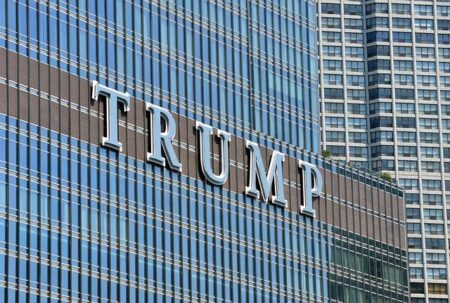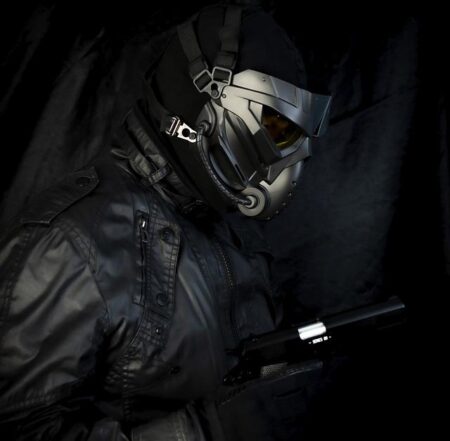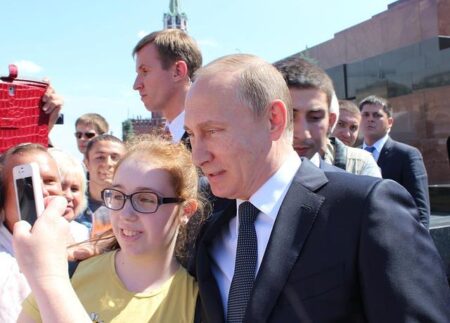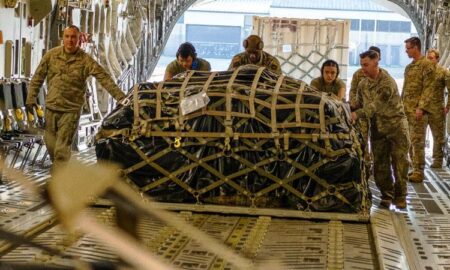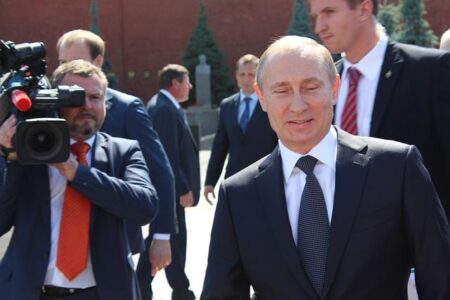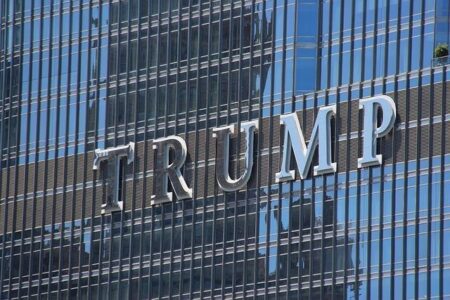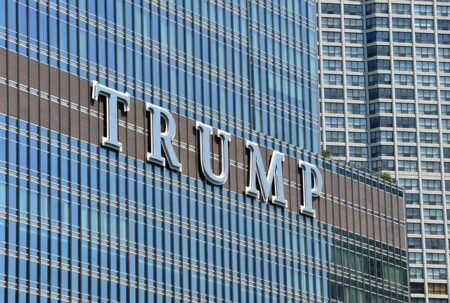In a recent statement, former President Donald Trump asserted that the United States had productive discussions with Russian President Vladimir Putin regarding the ongoing conflict in Ukraine. Trump emphasized the importance of dialogue in seeking resolution to the crisis.
Browsing: conflict resolution
Former U.S. President Donald Trump and Russian President Vladimir Putin are set to discuss the ongoing Russia-Ukraine conflict on Tuesday. The meeting aims to address escalating tensions and explore potential pathways for peace amidst the ongoing crisis.
China and Russia have voiced strong support for Iran amid renewed tensions following former President Trump’s push for nuclear negotiations. Their backing underscores a growing alliance as global powers navigate the complexities of Iran’s nuclear ambitions.
In a recent meeting, U.S. Department of Defense officials, including Hegseth, engaged with their U.K. counterparts to strategize on collaborative efforts aimed at fostering peace in Ukraine. Both sides reaffirmed their commitment to stability in the region.
The United States’ designation of the Houthi group as a terrorist organization highlights a strategic shift in Russia’s engagement in Yemen. This move complicates regional dynamics and reflects broader geopolitical interests amid ongoing conflicts.
The U.S. Department of State is enhancing security cooperation with Ukraine, focusing on military aid, training programs, and intelligence sharing. This effort aims to bolster Ukraine’s defense capabilities amid ongoing regional tensions and foster stability in Eastern Europe.
In a significant development, President Vladimir Putin has expressed tentative support for a proposed ceasefire in Ukraine, acknowledging the need for further discussions. This shift could pave the way for renewed diplomatic efforts to resolve the ongoing conflict.
The latest Russian Offensive Campaign Assessment from the Institute for the Study of War, dated March 11, 2025, outlines escalating military operations in Eastern Europe, highlighting strategic shifts and potential impacts on regional stability.
In a call for decisive action, UK Labour leader Keir Starmer urged Russian President Vladimir Putin to abandon his delaying tactics in the ongoing conflict in Ukraine. This statement came as the UK hosted a meeting of Ukraine allies, reinforcing support amid rising tensions.
In a recent statement, Russian President Vladimir Putin expressed tentative support for a ceasefire in Ukraine, though he voiced skepticism about its feasibility. His remarks highlight ongoing complexities in the conflict, as diplomatic efforts continue to face significant challenges.
The U.S. has resumed military aid and intelligence sharing with Ukraine as the nation expresses willingness for a 30-day ceasefire. This development comes amid ongoing tensions and efforts to foster dialogue in the region, signaling potential shifts in strategy.
In a renewed escalation of the ongoing conflict, Russian President Vladimir Putin has directed the military to forcefully remove the last Ukrainian troops from Russian territory. This move signals a significant intensification of hostilities in the region.
As US-China tensions continue to escalate, navigating the complex landscape of diplomatic relations is crucial. From trade disputes to military posturing, understanding the implications of this rivalry is essential for global stability and economic health.
Ukraine has expressed its willingness to accept a US proposal for a 30-day ceasefire with Russia. This development highlights ongoing diplomatic efforts to de-escalate the conflict, as both nations grapple with the repercussions of prolonged hostilities.
Ukraine’s agreement to Donald Trump’s ceasefire proposal places significant pressure on President Putin to respond. Analysts suggest this development could shift negotiations and redefine the dynamics of the ongoing conflict in Eastern Europe.
A recent US-proposed ceasefire deal aims to ease tensions between Russia and Ukraine, featuring terms for a potential withdrawal of troops and humanitarian aid provisions. This initiative seeks to stabilize the region and pave the way for diplomatic negotiations.
The United States has announced the resumption of aid to Ukraine as Kyiv supports a proposed 30-day ceasefire. This development reflects ongoing diplomatic efforts amid escalating tensions in the region, emphasizing the need for a sustainable peace.
In a surprising shift, Russian officials have softened their rhetoric towards the United States, fostering speculation about potential diplomatic thawing. Analysts suggest this change may reflect a desire for economic stability amid international pressures.
Former President Trump has urged for immediate peace talks with Russia, warning that failure to act soon could lead to escalated conflict. He hinted at potential sanctions, emphasizing the urgency of diplomatic efforts to prevent further deterioration in relations.
In recent comments, former President Donald Trump asserted that Russian President Vladimir Putin would adopt a more “generous” approach in peace negotiations regarding Ukraine, contrasting with what he described as the “difficult” stance of Ukraine‚Äôs leadership.

